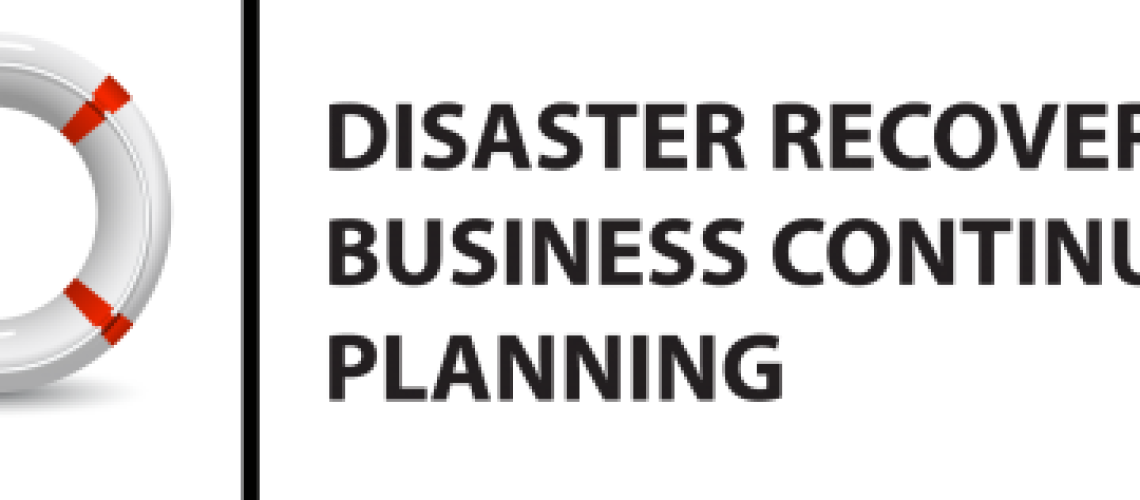A disaster recovery strategy is key to any business continuity plan. It outlines the processes to follow in the event of a disaster, to ensure that your business can recover and continue operating.
What is Disaster Recovery?
For Atlassian’s Data Center products, this means ensuring availability in the event that your primary instance becomes unavailable. Across our Data Center products, this typically includes setting up a cold standby strategy. In short, the show must go on and a failover strategy is a fundamental part of achieving high availability and disaster recovery planning.
With disaster recovery for Atlassian’s Data Center products, you can configure index replication, attachment updates, and database synchronization to comply with your disaster recovery plan’s specific requirements.
Types of Disaster Recovery Plans
IT incidents can happen as a result of natural or human-induced circumstances, including cyber threats, human error, poor planning and faulty hardware or software. Regardless of how a disaster occurs, downtime causes productivity and revenue losses. The larger the organization, the more teams rely on the outcomes of a disaster recovery plan.
Disaster recovery plans should be created for every tool an organization relies on. This includes self-managed products (like Atlassian’s Server and Data Center products) or cloud-hosted products. In recent years, disaster recovery as a service (DRaaS) tools have grown in popularity, and they provide third-party replication and hosting services to provide failover to another location.
Depending on the infrastructure that your organization uses, you may also need to create a disaster recovery plan to cover the physical aspects of your IT infrastructure, your organization’s network infrastructure and any virtual machines used.
The benefits of a Disaster Recovery Plan
A disaster recovery plan is a documented process to quickly recover mission critical business applications following a disaster. But, until a disaster happens, disaster plans are mostly theoretical.
The benefits of having a disaster recovery plan include faster recovery times and minimizing the possibility of downtime or data loss when faced with a disaster.
Three elements that will inform your disaster recovery plan are recovery point objective (RPO), recovery time objective (RTO) and recovery cost objective (RCO).

We got the knowledge and best practices to set your system right. Contact us for any implementation questions.
[email protected]
call us at 03-7386990





